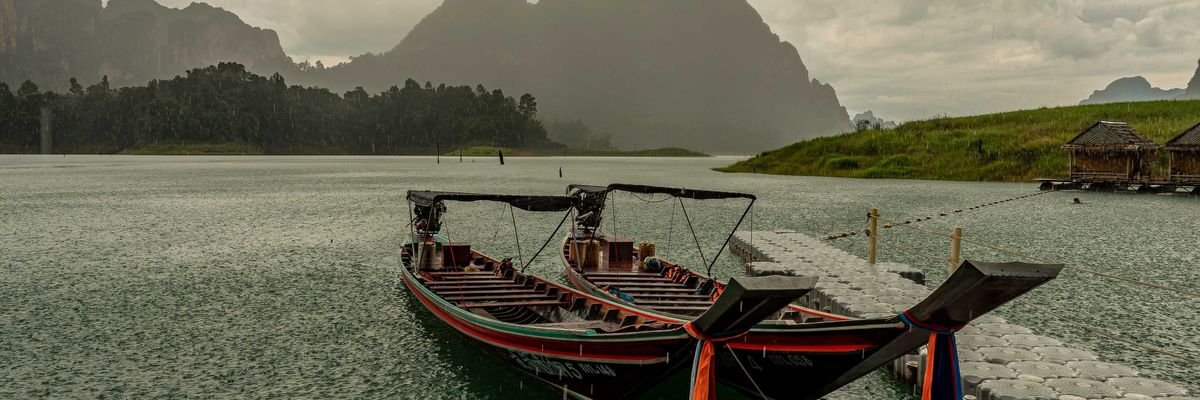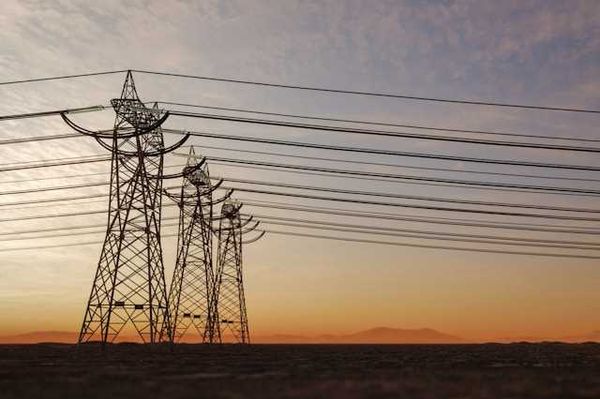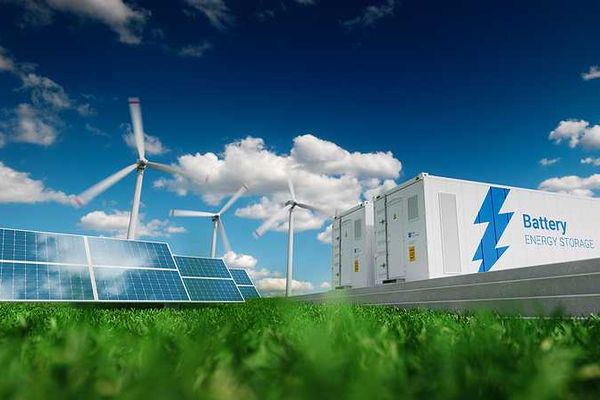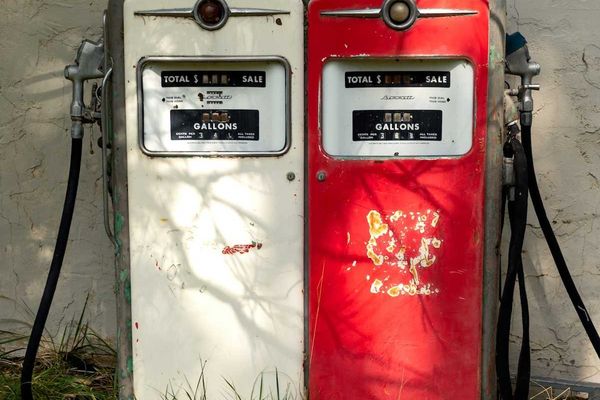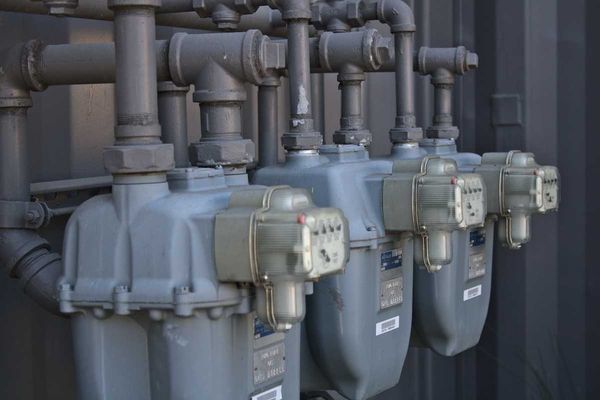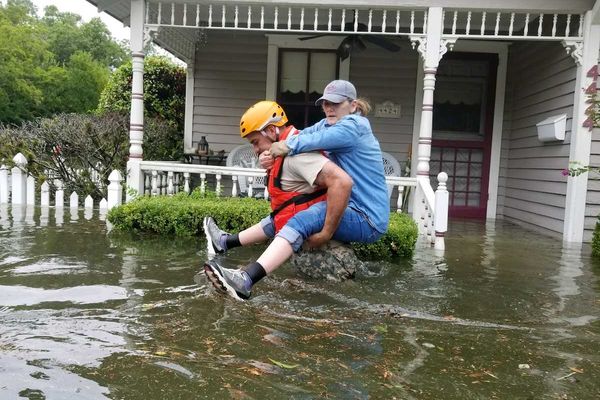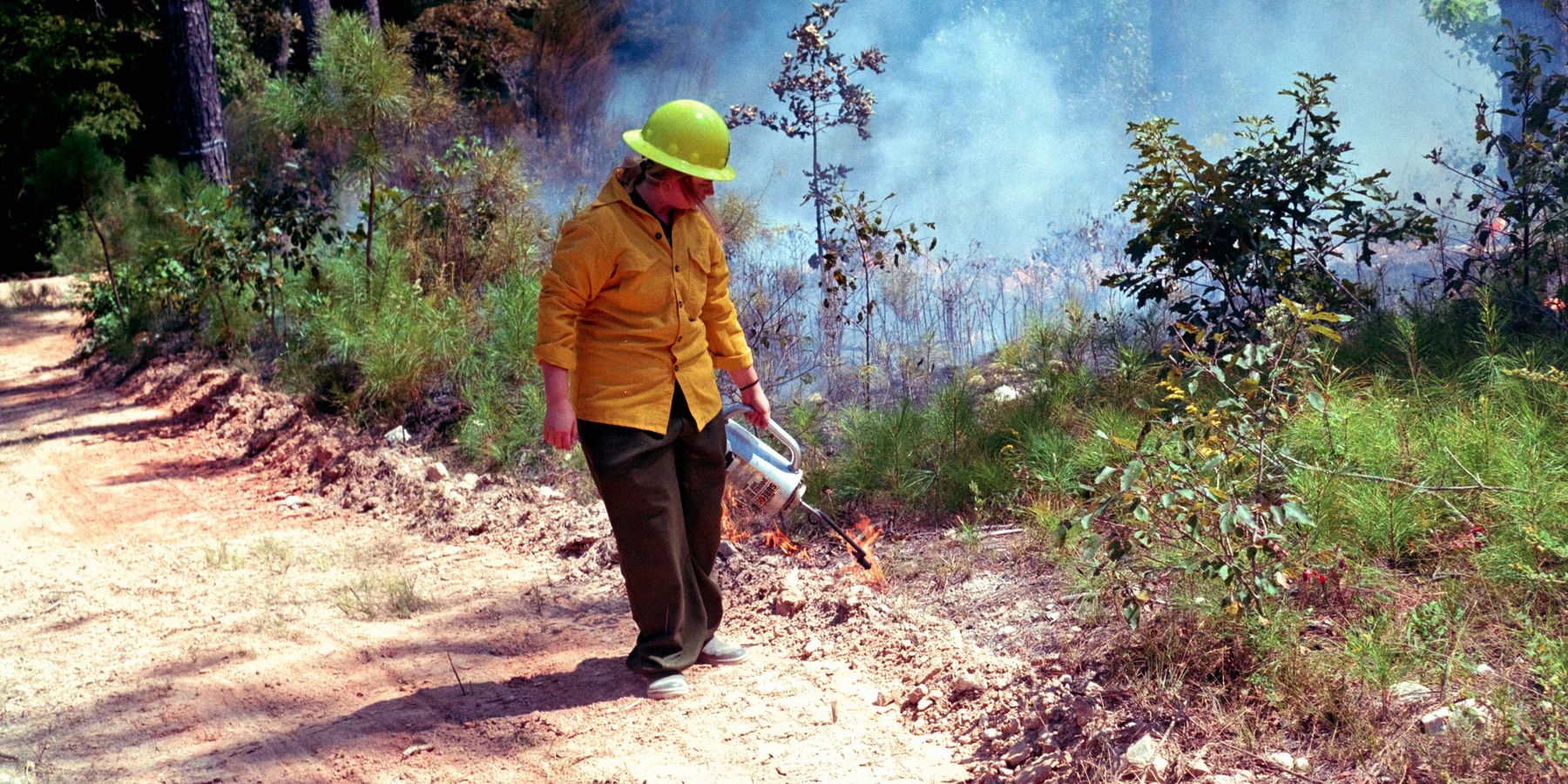climate change
Credit: Getty Images/Unsplash+
Utility asks New Mexico for 'zero emission' status for gas-fired power plant
A New Mexico utility is seeking a “zero-carbon” label for part of its new gas plant, sparking criticism that it skirts climate law and shifts billions in costs to consumers.
Newsletter
Credit: Malp/Big Stock Photo
Trump dismantles programs designed to cut electricity demand
Federal energy efficiency programs that once enjoyed bipartisan support are disappearing as data centers ramp up power consumption.
Opinion
Photo credit: Marina Silva https://www.flickr.com/photos/marina-silva/ Creative commons: https://creativecommons.org/licenses/by/2.0/
Opinion: ‘The dinosaurs didn’t know what was coming, but we do’: Marina Silva on what needs to follow Cop30
Exclusive: Brazil’s environment minister talks about climate inaction and the course we have to plot to save ourselves and the planet.
Newsletter
Photo by Jim Witkowski on Unsplash
Trump expected to significantly weaken fuel economy rules
Executives from top automakers were invited to attend the announcement at the White House on Wednesday.
Credit: JSB Co.For Unsplash+
New analysis provides more evidence that heat standards save lives
As the Trump administration is expected to finalize a standard to prevent heat-related injury and illness for workers by early next year, a new study shows that clear, comprehensive rules save lives.
Credit: Photo by Doris Morgan on Unsplash
Colorado mandates ambitious emissions cuts for its gas utilities
Resisting industry pressure, regulators ordered a 41% emissions reduction by 2035 — a move that supports Colorado’s climate goals and could guide other states.
Photo credit: Texas National Guard; https://www.flickr.com/photos/thenationalguard/ (Photo by 1Lt. Zachary West, 100th MPAD) Creative commons https://creativecommons.org/licenses/by/2.0/
Kerr County was among dozens of Texas communities to turn down state flood money, saying it wasn’t enough
Texas earmarked $1.4 billion to help fund flood prevention projects. But after learning that so many communities turned down the money, two lawmakers who approved the program acknowledged it was flawed.
ORIGINAL REPORTING
MOST POPULAR
CLIMATE



